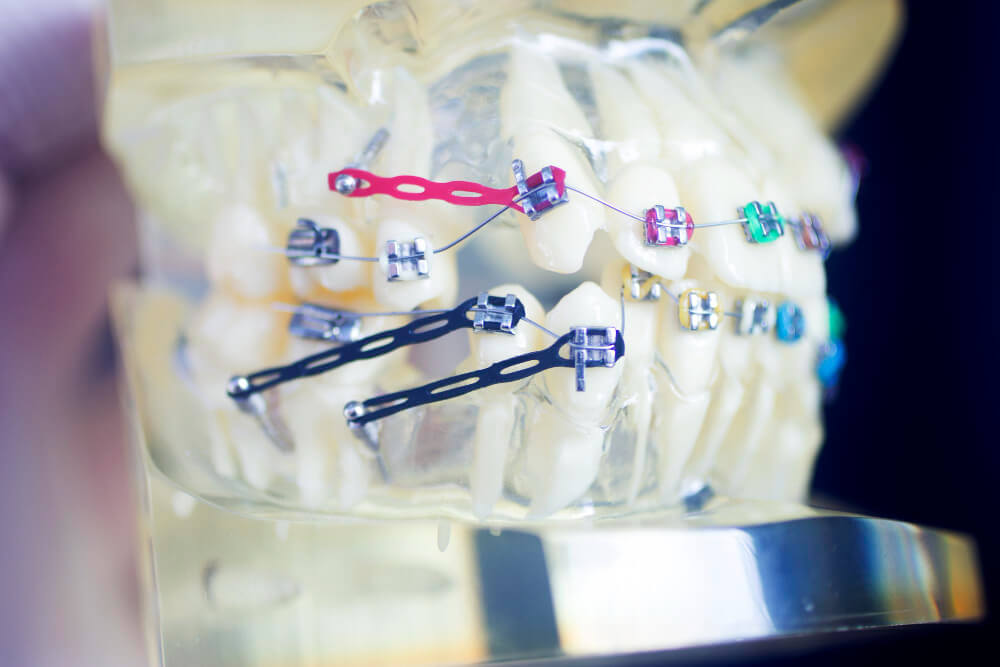Orthodontic micro-screws, also known as orthodontic mini-screws or temporary anchorage devices (TADs), are small titanium screws designed to provide a fixed, stable point in orthodontic treatment. They are used as anchors to move teeth more precisely and efficiently in cases that require greater control of tooth movement.
What are micro-screws in orthodontics?
They are small screws, generally made of titanium, a biocompatible and safe material for use in human tissues.
- They are 6 to 12 mm long and 1.2 to 2 mm in diameter.
- They are temporarily placed in the maxillary or mandibular bone, and are removed once they have fulfilled their function.
What are micro-screws used for in orthodontics?
Micro-screws serve as additional anchorage during orthodontic treatment for complex dental movements or movements that are difficult to achieve with traditional methods. Among their most common applications are:
1- Correct complex malocclusions:
- They are useful for moving teeth in specific directions without affecting other teeth.
2- Intrusion of teeth:
- They allow teeth to be moved into the bone, as in cases of excessively high teeth.
3- Correction of dental asymmetries:
- They help realign teeth when there is disproportion between the sides of the mouth.
4- Closing of spaces:
- They facilitate the closing of spaces between teeth, especially in cases of extraction.
5- Reduction of treatment time:
- They increase treatment efficiency by providing a stable anchorage, which can shorten the overall time.
6- Independent anchorage:
- They allow certain teeth to move without relying on others for anchorage, reducing the risk of unwanted movement.
Advantages of micro-screws
- High precision: They allow controlled and predictable dental movements.
- Versatility: They can be used in different areas of the mouth according to the needs of the treatment.
- Reversibility: They are temporary devices and are easily removed without permanent effects.
- Reduced dependence on traditional braces: Reduces the use of elastics or auxiliary bows for specific movements.
How are orthodontic micro-screws placed?
1- Placement:
- It is performed in a brief consultation and is a minimally invasive procedure.
- Local anesthesia is used to avoid discomfort.
- The orthodontist inserts the micro-screw directly into the maxillary or mandibular bone.
2- Care:
- Maintain good oral hygiene, especially around the micro-screw, to prevent infection.
- Avoid hard or sticky foods that may put pressure on the device.
- Attend regular check-ups with the orthodontist.
What happens after treatment?
- Once the micro-screw has served its purpose, it is easily removed by the orthodontist in the office without the need for major surgical procedures.
- The placement site usually heals quickly and leaves no visible scars or lasting side effects.
In summary, micro-screws in orthodontics are modern and highly effective tools for improving accuracy and results in complex orthodontic treatment. If they have been recommended to you, you can be confident that they are safe and designed to optimize your treatment.


